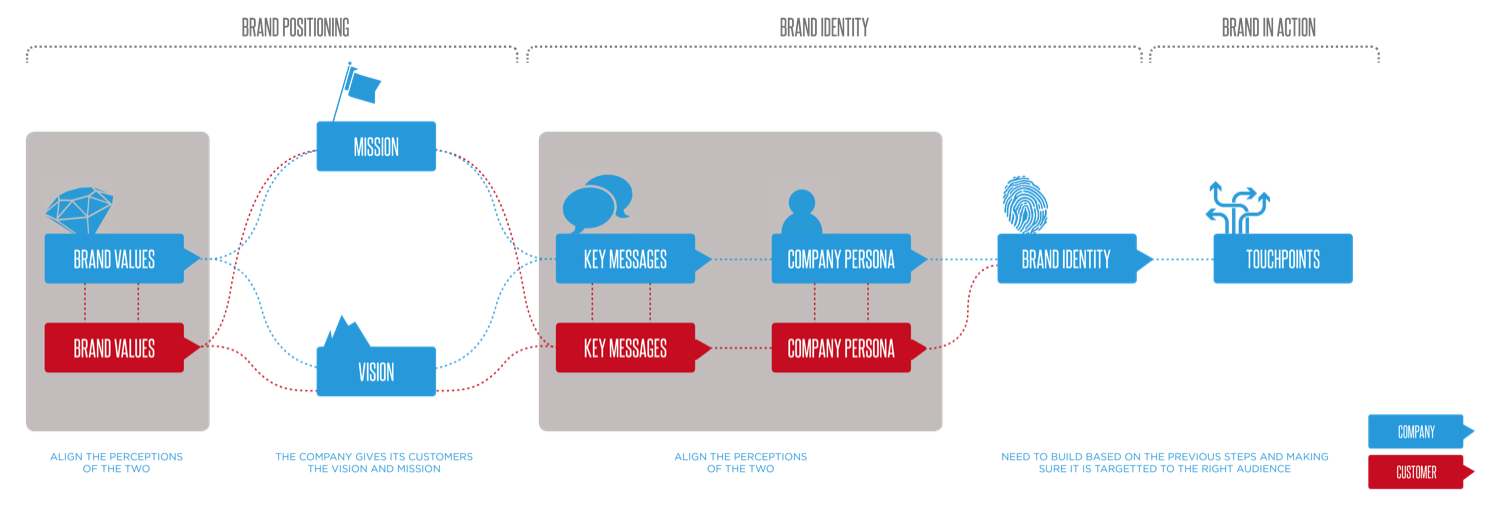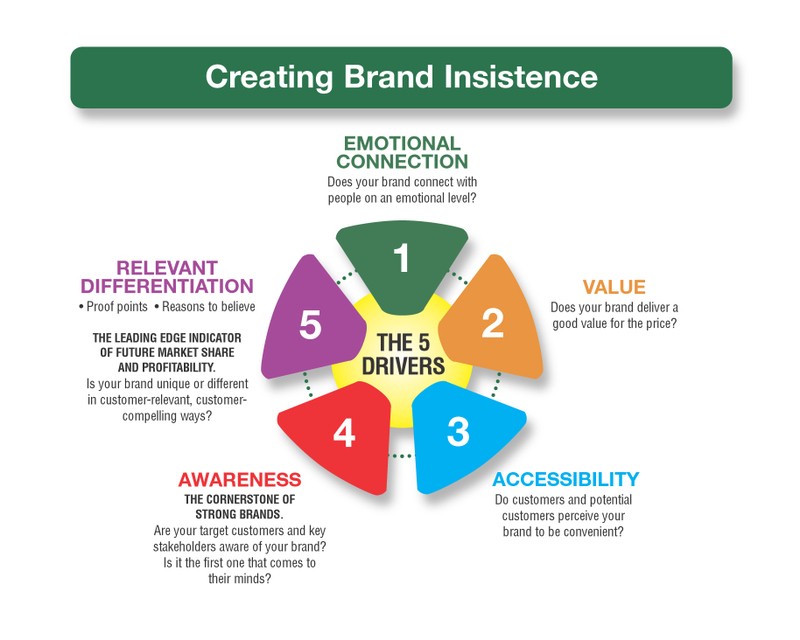How to find out if a Brand is creating value
Post on: 30 Апрель, 2015 No Comment

Written by Surbhi Jain — Team MoneyWorks4me 16. Nov, 2012 2 Comments
As our team of analysts gathered together one day to brainstorm over certain aspects of valuation, the discussion took a turn towards discussing brands. We have earlier talked about brand being an unbreachable moat in Stock Shastra. and concluded that a strong brand gives the company, the ability to increase its sales and command a premium price for its products, which ultimately should result in higher profitability.
While everyone at the discussion table agreed to this, the discussion then moved to answering some important questions viz.:
“Out of the companies you have in your portfolio, which of them do you feel have a good brand value?”
“Is this brand working for them? Is it being reflected in company performance & financials? More importantly, is it creating value for the company?”
I racked my brain for an answer, but in vain.
Here was the catch: Though I did perceive that some companies in my portfolio had a strong brand, how do I assess whether it is translating into creation of value?
At the end of the discussion, I not only had answers to all the above questions but I had also developed a new perspective to assessing a brand: An Investor’s Perspective!
Through this blog, I aim to share my learning with you.
As an investor in the company, what should matter more to us is not how much brand recall the company is creating, or what its ad spends are, but whether the company is able to translate that brand equity into incremental revenue, profits & ultimately creation of value.
For this, we need to look at three important factors, which are:
2. Market Share
Earnings before Interest and Tax or EBIT is the firm’s operating profits before any appropriations and deductions for interest or taxation. Therefore, this figure represents the company’s net earnings from its operations. A company with a good brand should have some pricing power and hence, be able to consistently earn a premium on its product/service which will ultimately translate into consistent EBIT margins. What we need to analyze here is that the margins are not a function of economic cycles or prices of a key raw material.
Market Share is the proportion or percentage of the total market sales that the company’s product/service commands. A company with a brand should be one with sticky market share. It should be very difficult (and costly) for any other existing firm or new entrant, to capture a portion from its market share.
ROIC or Return on Invested Capital is a measure assessing the company’s efficiency at allocating the capital under its control to profitable investments. A company with a brand should ideally be able to maintain and increase its ROIC over time. Again, a lot of fluctuations will be considered bad for the company.
A company with a ‘brand power’ must have at least 2 of these 3 parameters progressing in the desired direction.
I have analyzed certain companies which will give you a better understanding of how to analyze a company’s brand.:
1. ITC Ltd. – Cigarettes business: ITC Ltd. is one of the most popular brands in India. It is the largest tobacco company in India. It enjoys the leadership position in the Indian cigarette business with a market share of close to 80% in terms of value. Some of its popular cigarette brands are Bristol, India Kings, Classic, Gold Flake, Navy Cut, Berkeley and Insignia. ITC enjoys leadership position in every segment of the market.
EBIT: Revenue from the cigarettes segment of ITC has always shown growth since its inception: From INR 8,764 crores in 2003, to INR 12,833.70 crores in 2007, it scaled new heights with INR 22,250.41 crores in 2012, and is still going strong….
Market Share: As mentioned earlier, ITC Cigarettes commands around 80% sticky market share in cigarettes in India, with other players still struggling to find a way to break into it.
ROIC: ITC Ltd. has been able to continuously grow its ROIC, hence, create value for its investors. From 26.81% in March 2003, to 27.53% in March 2007, to 35.04% as of March 2012, ITC has maintained increasing returns on the capital employed.
ITC Ltd. has thus been able to deliver good growth in terms of ROIC and EBIT performance to its investors, at the same maintaining a strong hold on its sticky market share for cigarettes. No wonder it has given great returns to its shareholders over the last 10 years.
2. Hindustan Unilever Ltd : HUL is one of Indias largest Fast Moving Consumer Goods Company. HUL’s brands like Lifebuoy, Lux, Surf Excel, Sunsilk, Close-up, Lakme etc. are household names across the country and span across categories like soaps, detergents, personal products etc.
EBIT: The operating profits of the firm have been sustained from INR 1,996.12 crores in 2003, to INR 1,896.01 crores in 2007, to INR 3,483.56 in 2012. However, strong competitive pressures, limit the pricing power that the company can command in the market.

Market Share: With many household names in its product portfolio, HUL is a leader in personal wash, skin care products and shampoos, and to some extent does have a sticky market share with respect to some of its product offerings.
ROIC: Value creation in terms of increase in ROIC seems to be unbeatable in this firm. From 47.65% in 2003, to 79.44% in 2007, to a recent 82.55% reported in 2012, it has always shown manifold increase in numbers so far.
HUL, the brand behind the most widely known and used products across all major FMCG product categories, maintains, and enjoys its market leader position in various consumer product segments, and at the same time is able to increase shareholder wealth in terms of very high and increasing ROIC levels. However, due to the nature of the industry, where there are various other players placing competitive pressure on pricing, the operating profits are constrained to sustainable levels.
3. Sun TV Network Ltd : STNL has a presence across the media value chain, viz. Broadcasting, Radio, Films, Cable distribution, DTH and Print Media. It has a dominant presence in the south with a leadership position in Tamil Nadu, Andhra Pradesh and Karnataka with 20 television channels.
EBIT: Operating profits of the firm have shown promising growth from INR 88.37 crores in 2003, to INR 481.83 crores in 2007, to INR 1,400.67 crores in 2012.
Market Share: The company has limited market share in India due to its dominance mainly in the south. However, the restricted market share that it does have, is sticky in nature, and can be expected to be maintained over the long term.
ROIC: Value creation in terms of increase in ROIC has been sustained for this firm. From 26.27% in 2003, to 30.80% in 2007, to a more recent 27.55% reported in 2012, the ROIC has not increased substantially, but has been maintained at decent levels.
In case of Sun TV Network, the company is able to consistently deliver above industry margins, due to its near-monopoly like distribution network in South India. This has earned it the popular opinion of being Asias most profitable media corporations and the largest TV network. However, by not having a pan-India presence, its market share as a whole doesn’t compete with the likes of Dish TV India.
Thus we saw, how the above 3 Brands, justify their brand power in the eyes of an investor.
The above method can be used by an investor to assess brand power with respect to any market-oriented firm .
However, it must also be noted that in cases of an employee-oriented company. the brand is created and driven by the employees. This means that the company’s core assets & expertise lies in its skill & quality of its workforce. So, in this case, the above 3 parameters may not serve as an appropriate measure for assessing their brand power.
For such companies, one should look at certain other parameters like, employee quality, cost, retention, attrition. Simply put, a firm that is able to attract and retain better quality employees at lower costs, will exercise greater brand power in such cases.
So, now that you have a simple method to assess a company’s brand power, which other companies do you think have great brand power?














